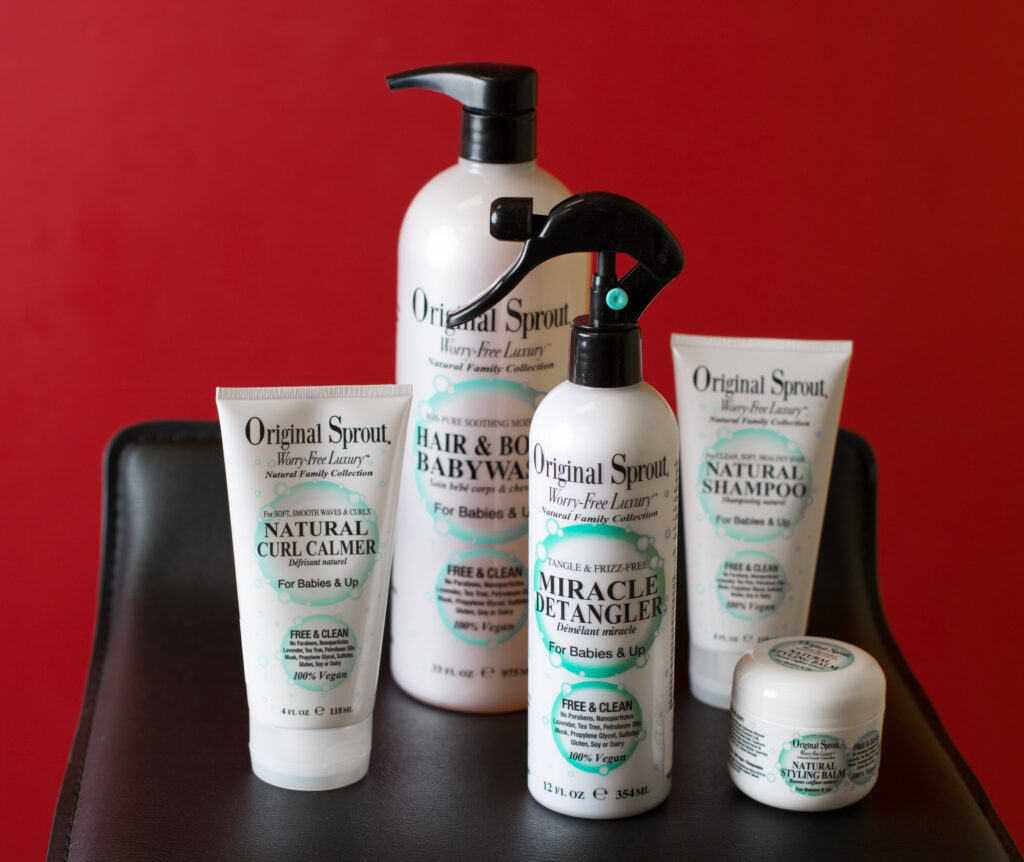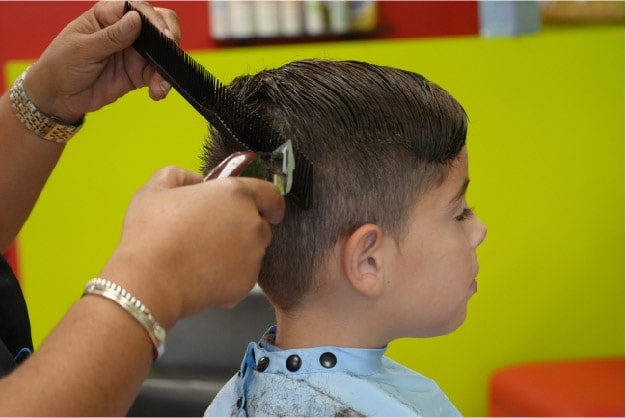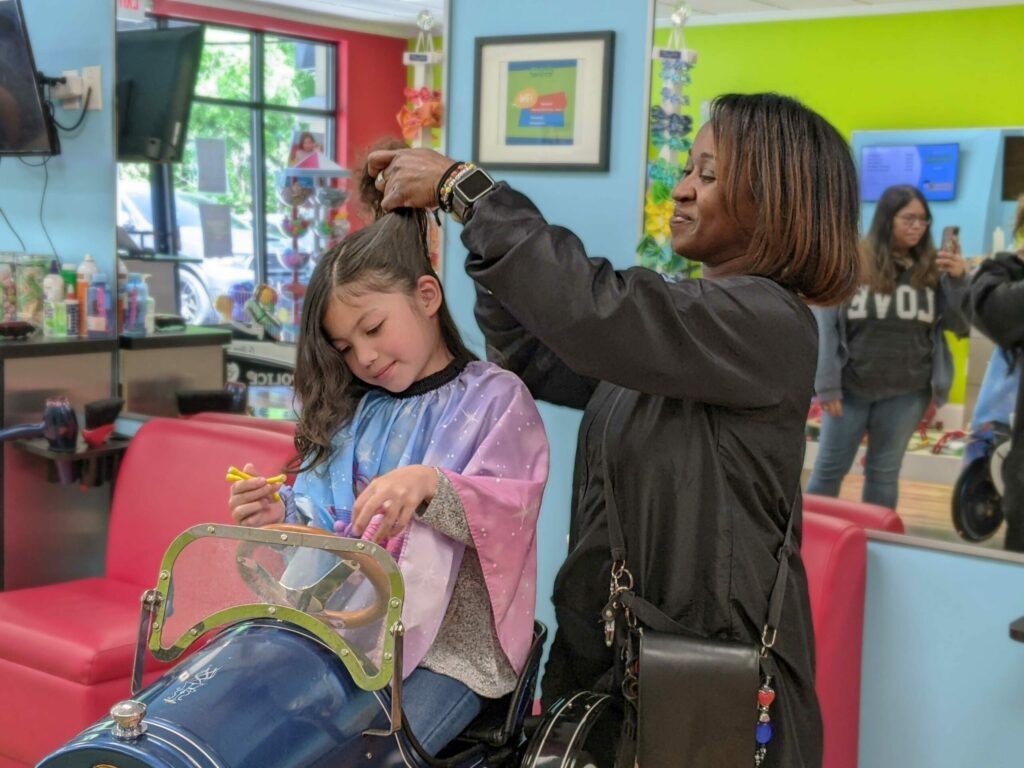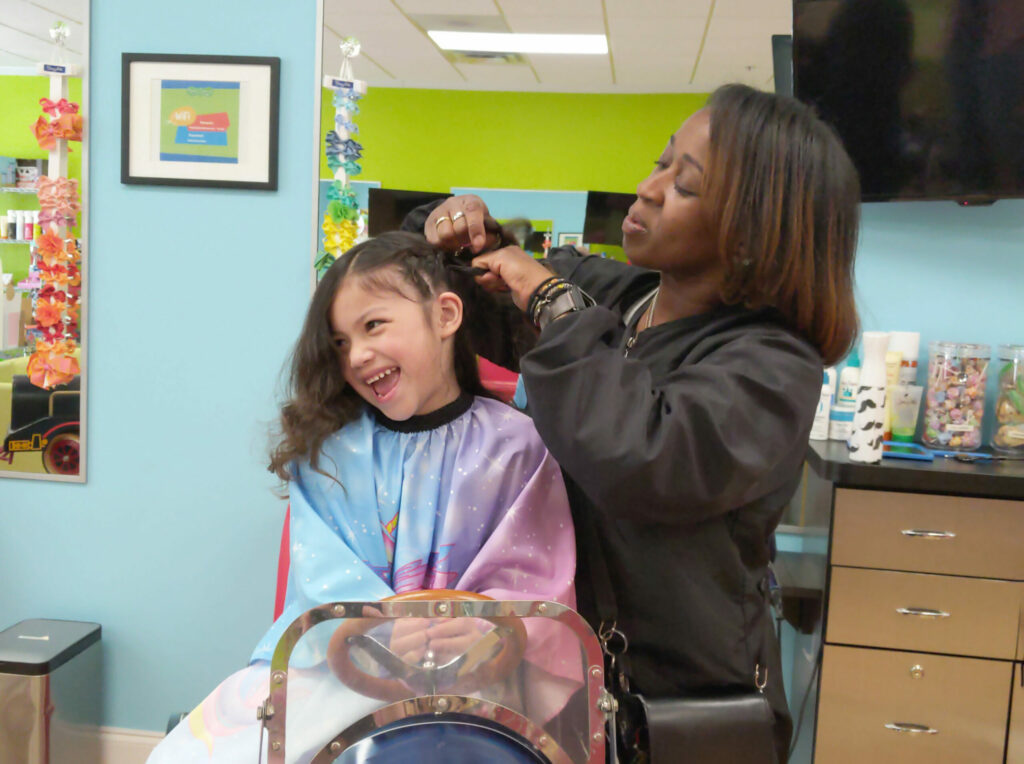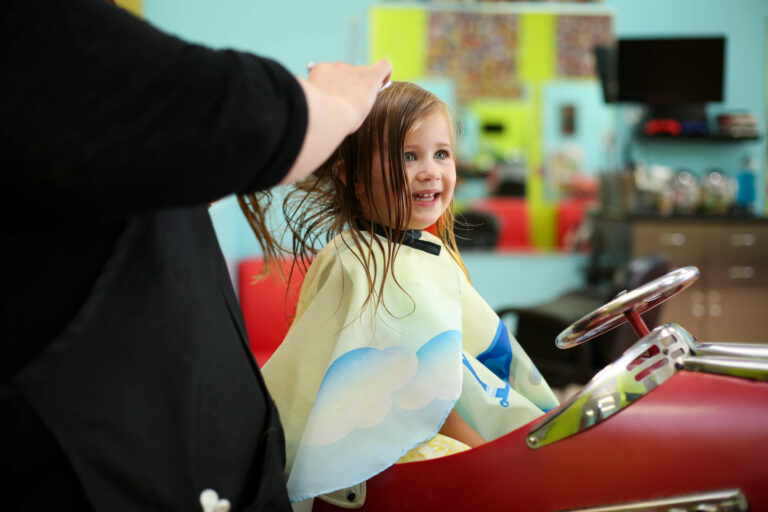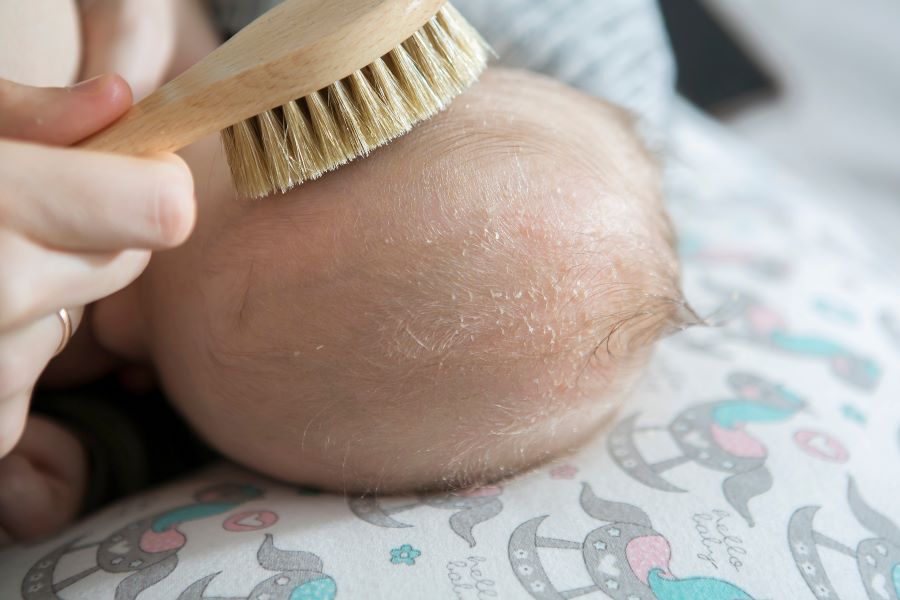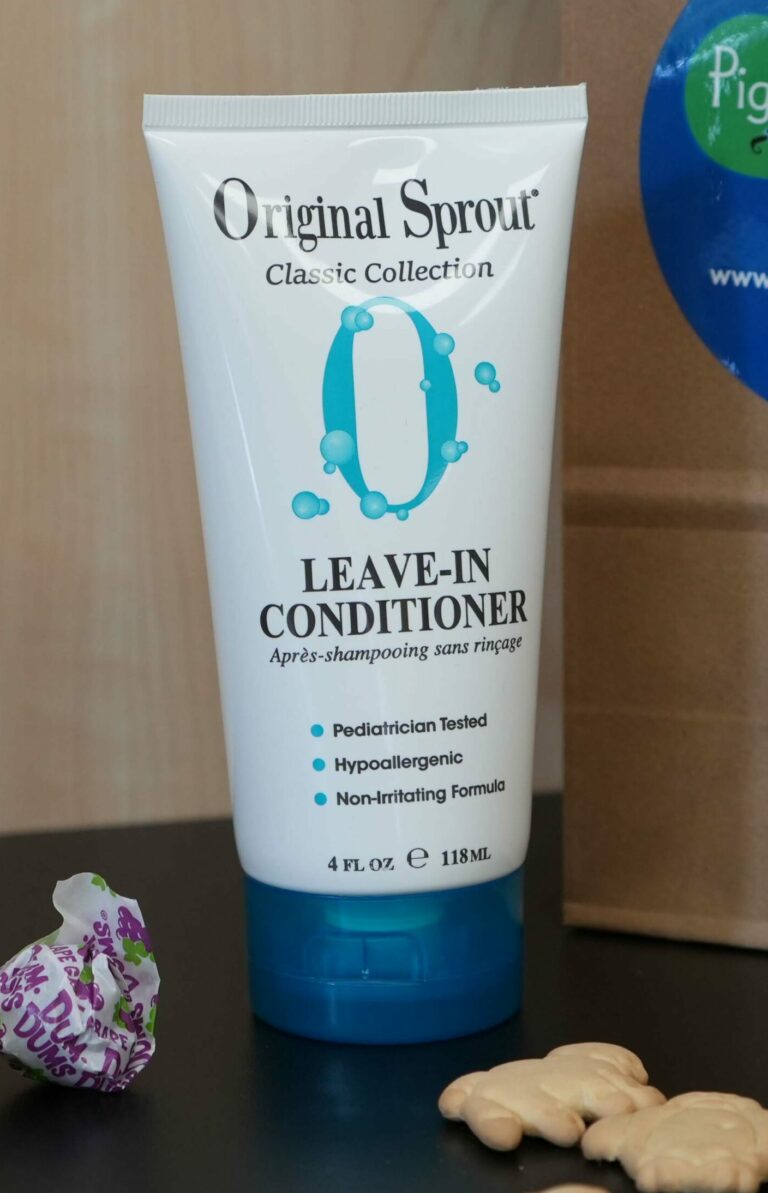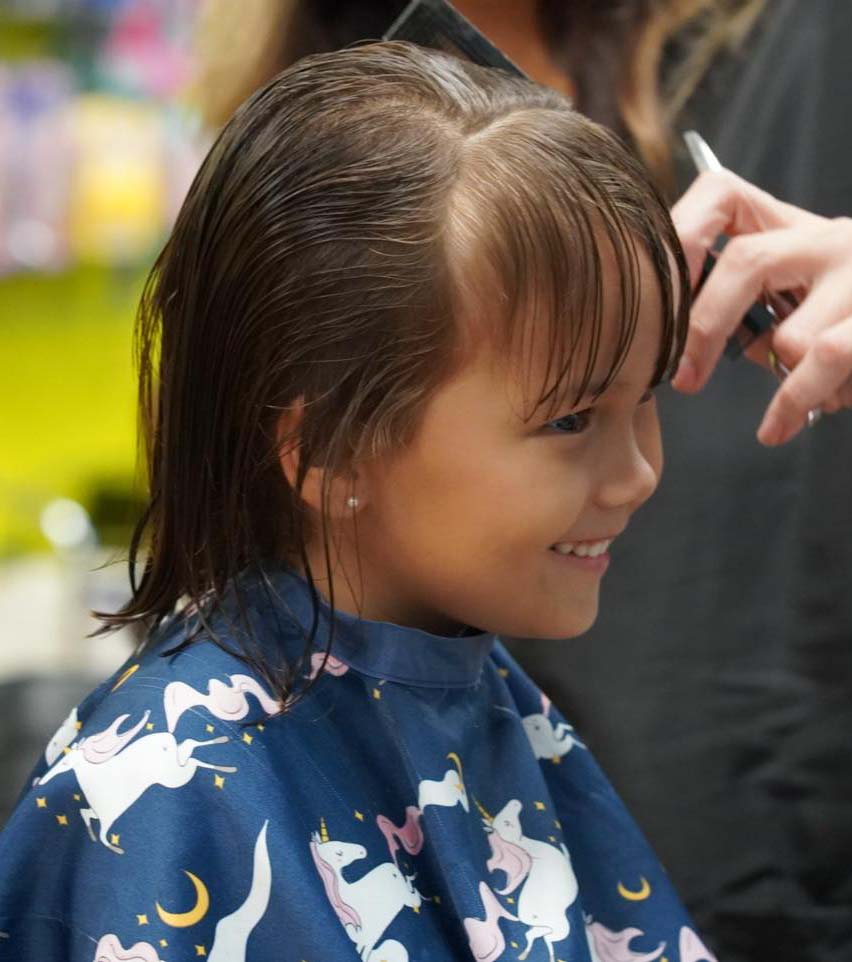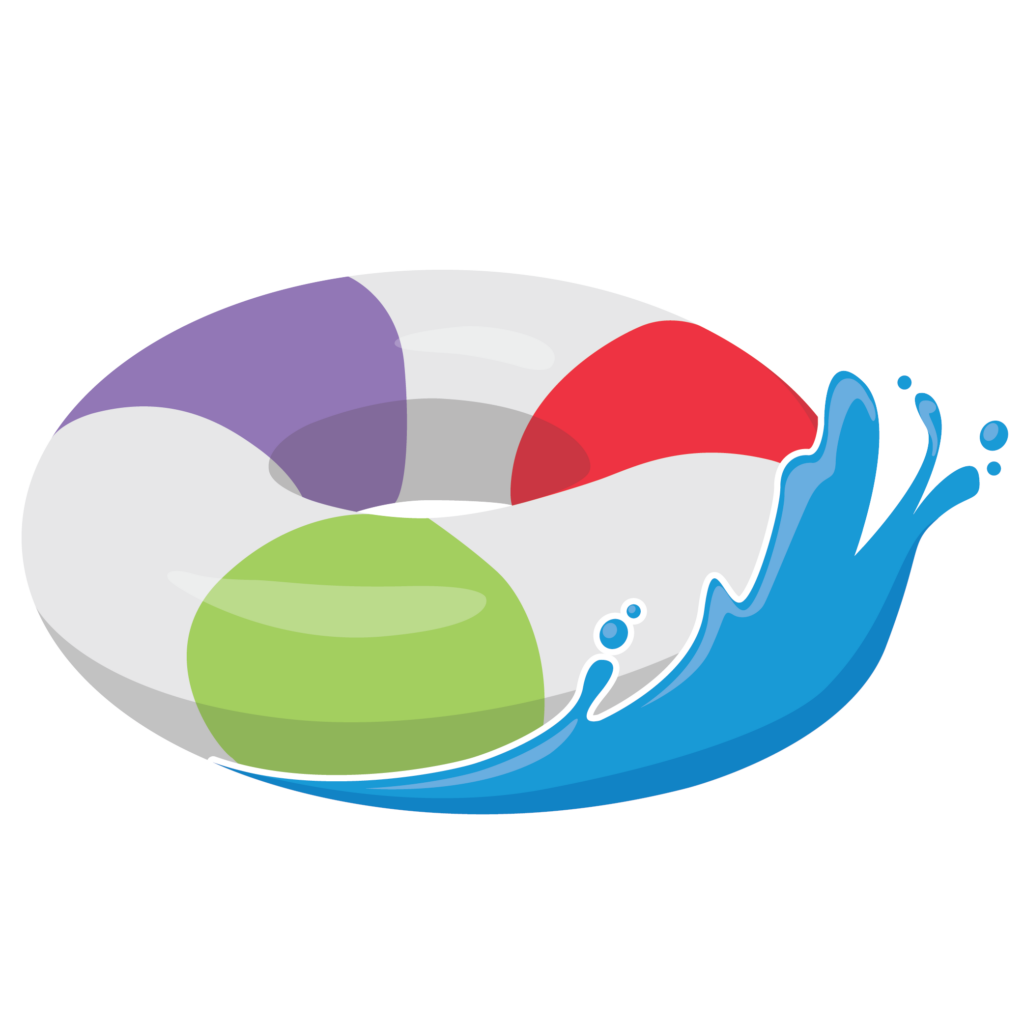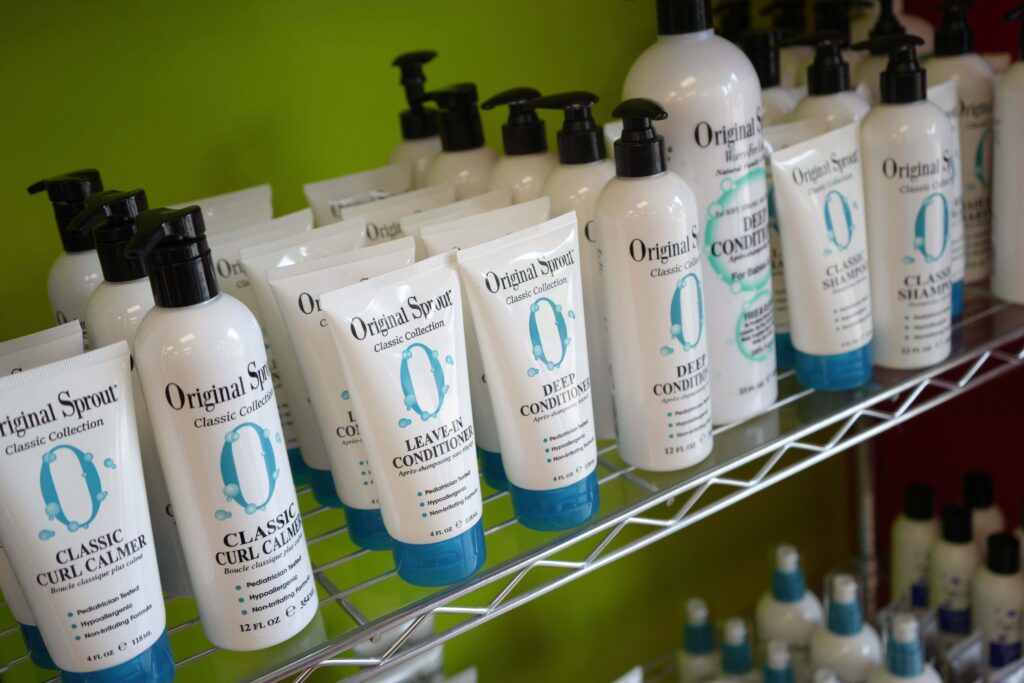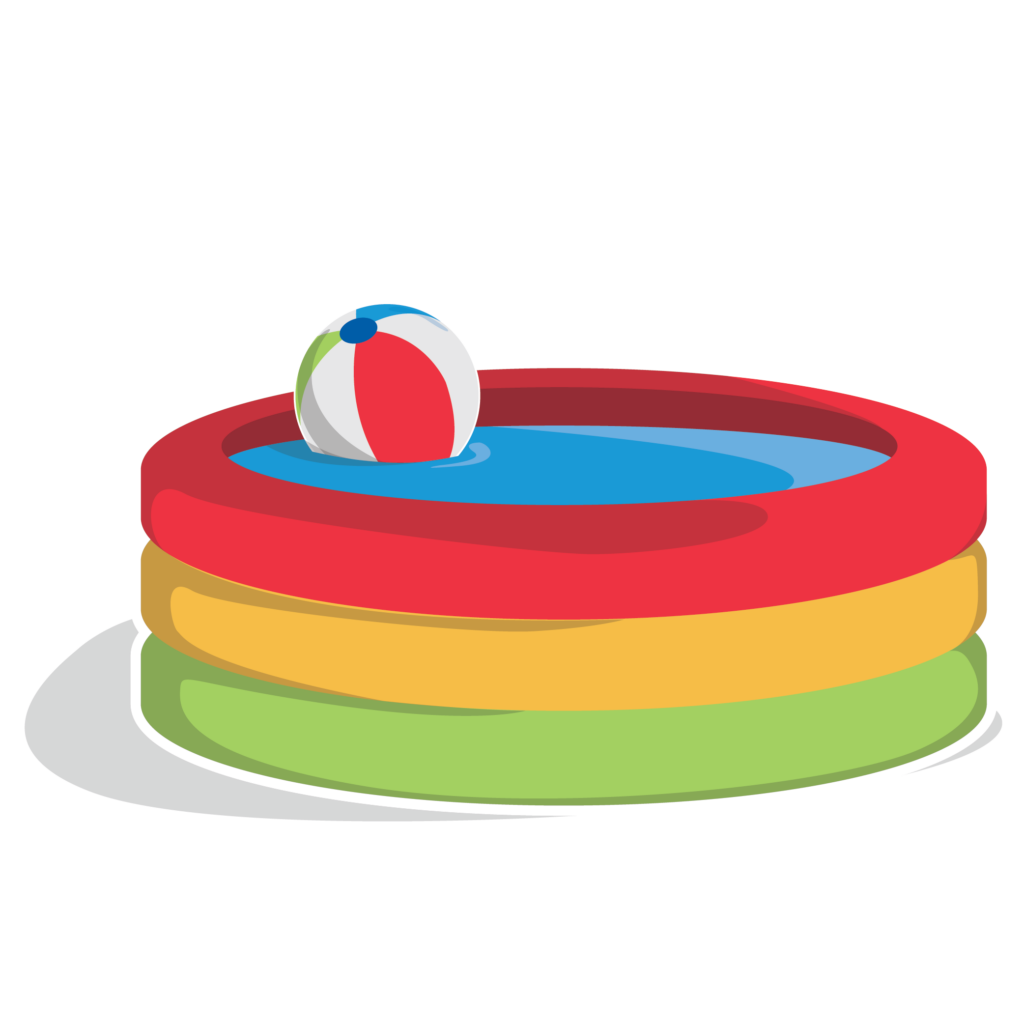Easter is a time of renewal, celebration, and, of course, adorable fashion statements. While we often focus on finding the perfect Easter outfit, why not take it a step further this year and elevate your look with some festive hairstyles? Whether you’re attending a family gathering, participating in an Easter egg hunt, or simply enjoying the holiday at home, these Easter hair styles will add a touch of whimsy and charm to your ensemble.
Floral Crown Braids
Embrace the beauty of spring by incorporating flowers into your hairstyle. Create ethereal floral crown braids by weaving delicate blooms, such as daisies or baby’s breath, into your braids. This romantic and bohemian style will complement any Easter outfit and evoke a sense of natural beauty.
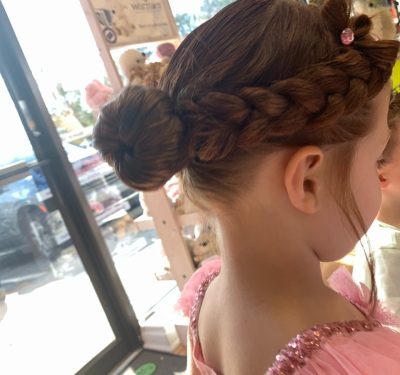
Pastel Rainbow Waves
Capture the vibrant hues of Easter with pastel rainbow waves. Use temporary hair chalk or washable hair dye to add soft, dreamy colors to your locks. Whether you opt for a subtle ombre effect or bold, multi-colored strands, this whimsical hairstyle is sure to turn heads and spread joy wherever you go.
Bunny Ear Buns
Channel your inner Easter bunny with playful bunny ear buns. Style two high buns on the top of your head and shape them into adorable bunny ears. Add pastel-colored ribbons or bows for an extra dose of cuteness. This fun and quirky hairstyle is perfect for both kids and adults alike.

Easter Egg Updo
Get creative with an Easter egg-inspired updo. Twist or braid your hair into a chic updo, then adorn it with colorful hair accessories resembling decorated Easter eggs. From glittery hairpins to beaded barrettes, let your imagination run wild as you embellish your hairstyle with festive flair.

Chickadee Pixie Cut
For those with short hair, embrace the spirit of Easter with a playful chickadee pixie cut. Style your hair into soft, feathered layers and add a touch of whimsy with a cute hair accessory resembling a baby chick. This adorable hairstyle is easy to maintain and exudes youthful charm.
Springtime Half-Updo
Keep it simple yet stylish with a springtime half-updo. Gather the top section of your hair and secure it with a colorful hair tie or ribbon. Add a floral hair accessory for a feminine touch and let the rest of your hair cascade down in loose waves or curls. This effortless hairstyle is perfect for a casual Easter brunch or outdoor gathering.
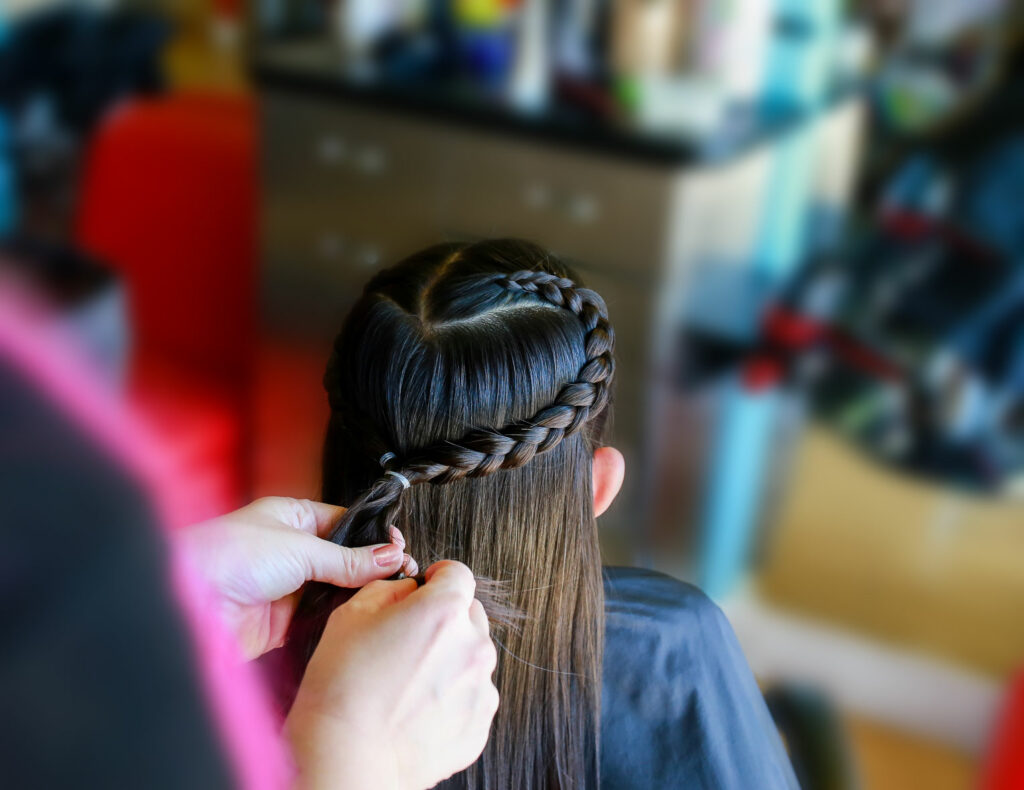
This Easter, express your creativity and embrace the festive spirit with these charming hair styles. Whether you prefer whimsical braids, vibrant colors, or playful accessories, there’s a hairstyle to suit every personality and occasion. So go ahead, have fun experimenting with different looks for your child, and make this Easter a truly memorable one with your fabulous hair!

